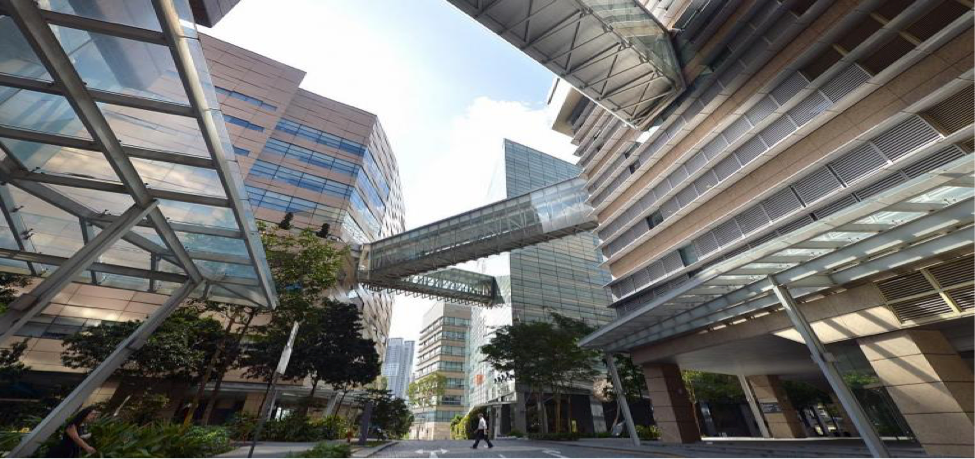Launched this month, the Food CTS Centre has been co-located with the company’s Pharma CTS Centre and research and development (R&D) facilities within its Asia Pacific Innovation Centre in Singapore to facilitate operations.
“[The main benefit we expect] from the launching of this Food CTS Centre is in terms of speeding up both customers’ and our innovation cycles,” Roquette Vice President Global Business Unit Food Rod Quin told FoodNavigator-Asia.
“This will help make us faster to the market, which will hopefully [lead to] us developing the next generation of blockbusters as fast as we can.
“The food industry is really being disrupted, and we want to be ahead of the curve rather than looking over our shoulders.”
Product localisation is also a major focus of the new centre, where Roquette intends to draw on existing expertise within the company, especially in the areas of baking, dairy, confectionary, savoury and specialised nutrition.
“By being here, we expect to [better perfect] the localisation of textures and flavours for the region. Whilst we can draw on what’s being developed by our European and American colleagues, we of course expect the Asian team [to take] the good ideas from overseas and localise them,” added Quin.
How do CTS centres work?
Roquette’s Food CTS Centres basically act as application testing and development labs, where products created in the company’s R&D laboratories can be trialled and experimented on ‘in a safe environment’.
Isabelle Routier, Roquette Head of Global CTS, Global Business Unit Food told us that the centres carry a variety of equipment and technology that allows for mimicking of practical scenarios so as to trial product prototypes effectively.
“This is our sixth Food CTS centre worldwide – the others are in Tokyo, Mumbai, Shanghai, France and the United States,” she said.
“But in Asia Pacific, the Singapore CTS centre is the one we want to establish as the main centre, and the remaining centres in APAC (Tokyo, Mumbai, Shanghai) as our hubs.”
Quin added that: “Singapore was a compelling choice not only due to the [conducive business environment], but also the ease of which we can find talented staff with a global mindset.”
Fibre over protein?
Roquette is currently well-known in the industry for its plant-based ingredients, but Quin said that it is increasingly trying to put focus back on to fibre.
“[We do want to] expand our range and combinations of plant-based proteins, [but] while this is really trending at the moment and will do so for some years to come, [we] also don’t want to lose sight of fibre,” he said.
“[Before this], fibre was only talked about in a very simplistic way for better digestion. [Awareness about the role of] prebiotic fibres as the growth engines for probiotics and for health is on the rise, but the science is not yet robust enough and I think this is a big opportunity [for us].
Apart from gut health, fibre has been said to contribute to the health of areas such as the brain, heart, cholesterol levels and body fat/weight loss.
“[We’re looking to see] whether different combinations of fibres will bring a stronger outcome, amongst other research,” added Quin.
“Many people want more protein when targeting weight loss, as they feel protein will build more muscle and give strength, but [fibre really] will make a difference [as] it can trap fats and help with weight management, so we need to educate people about this.
“It’s a massively untapped piece of the market.”




